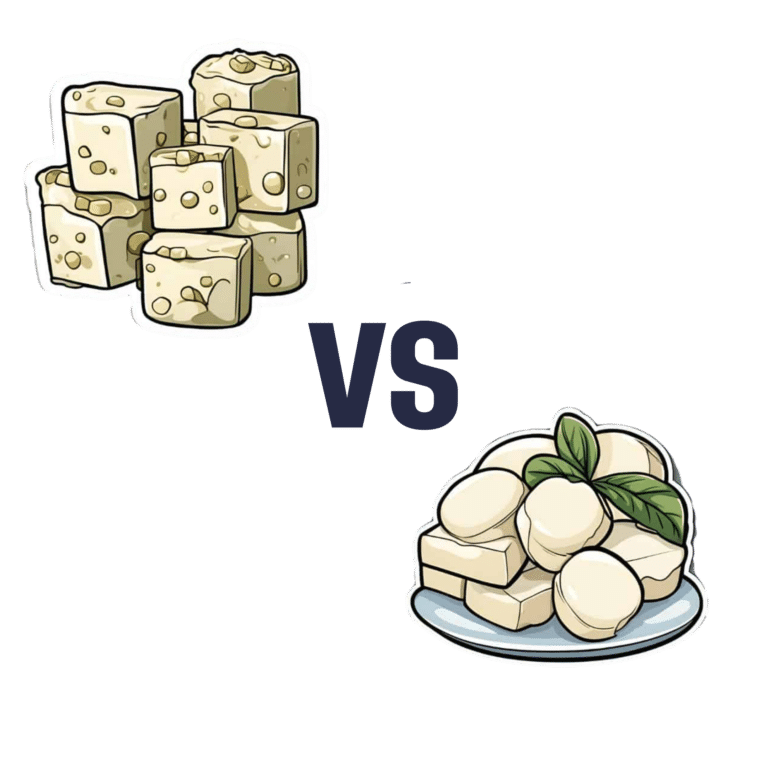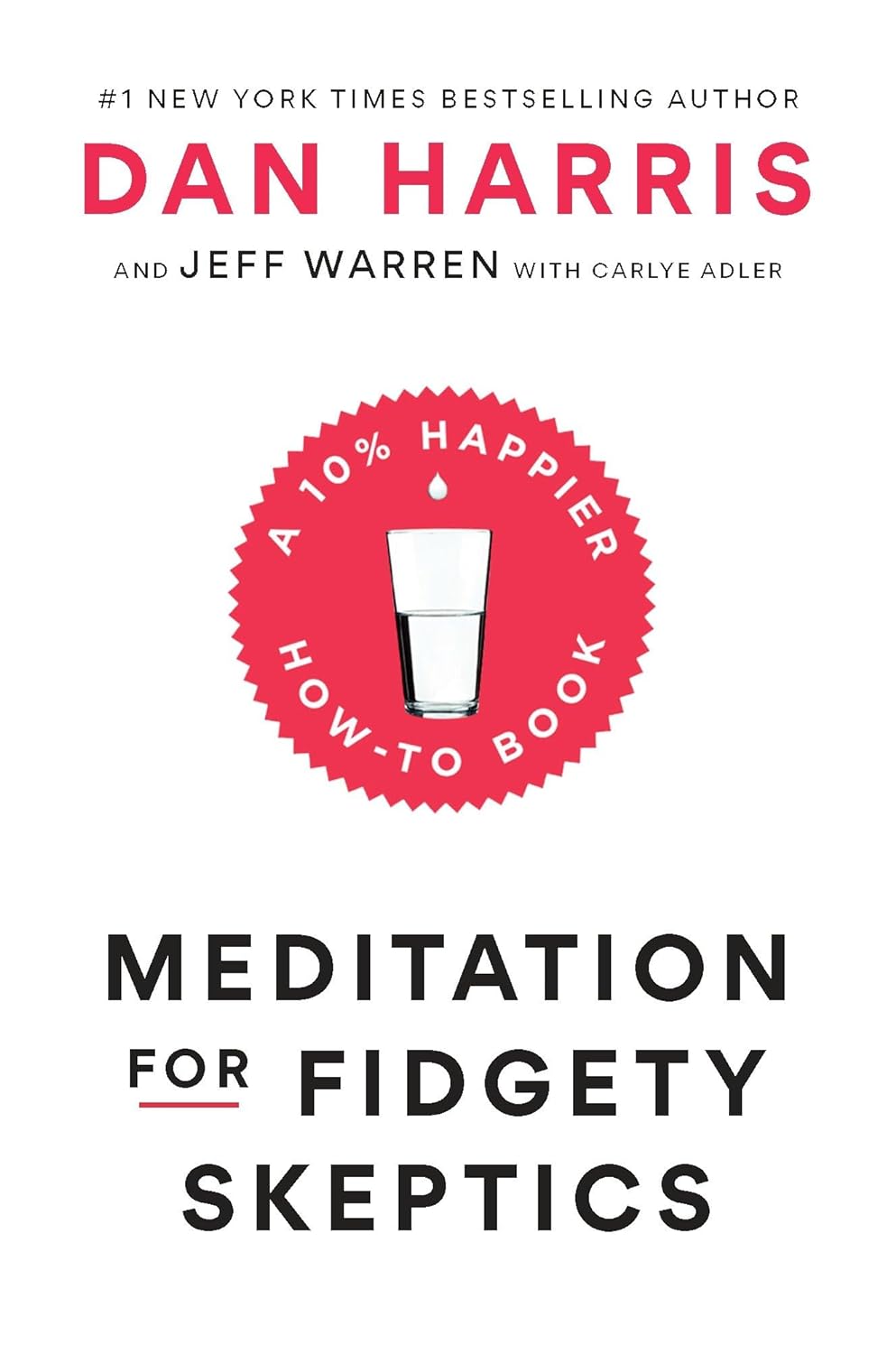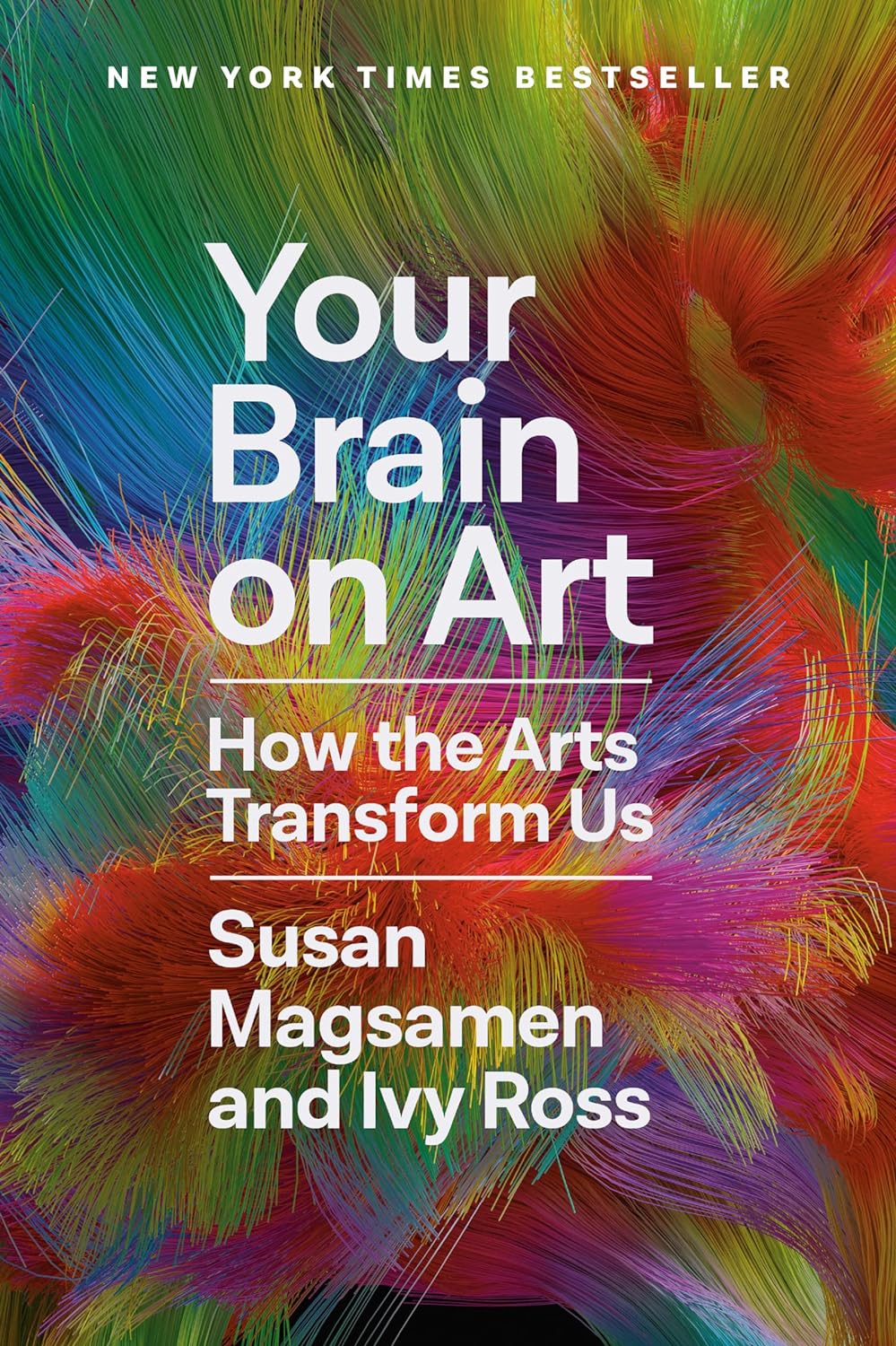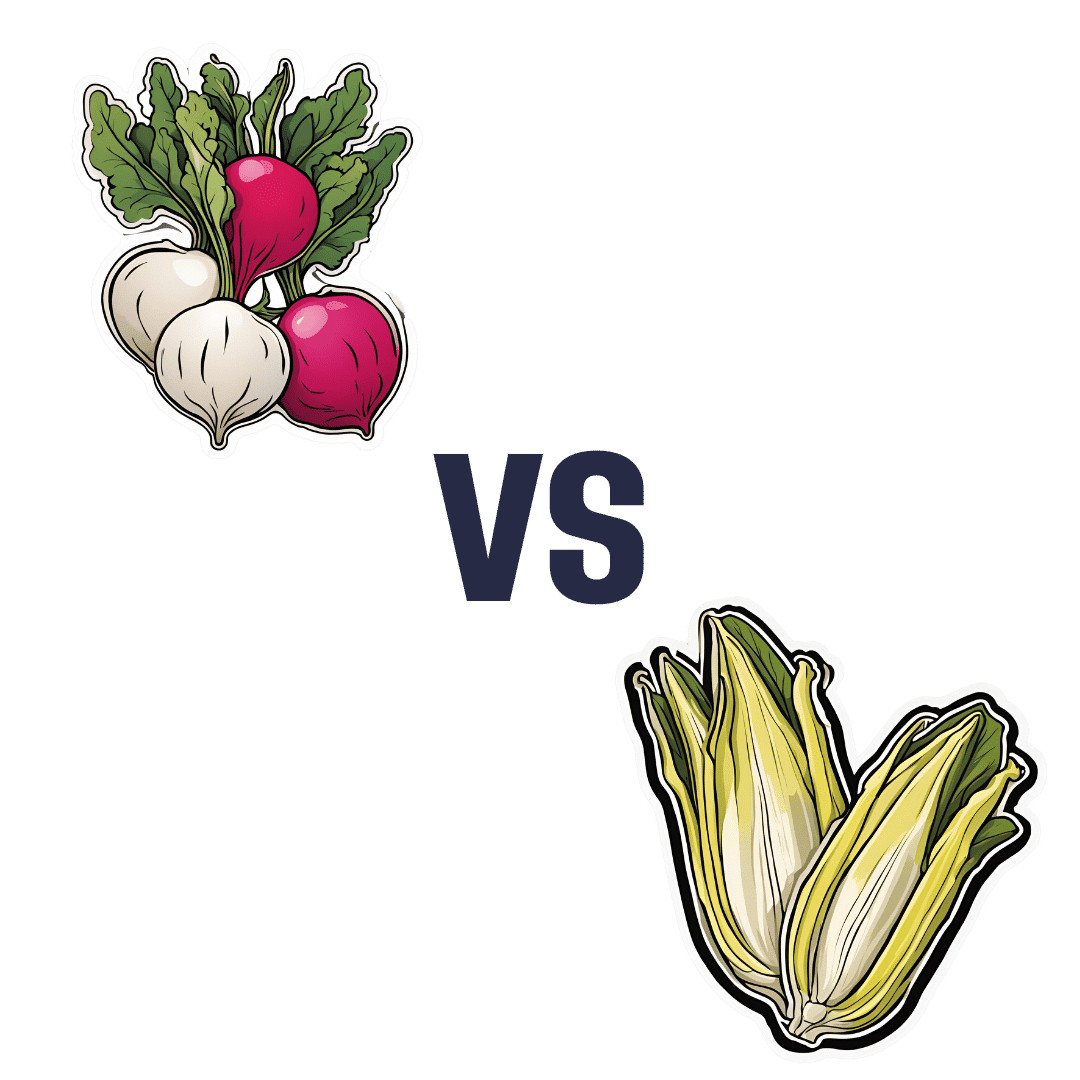
Sunflower Seeds vs Pumpkin Seeds – Which is Healthier?
10almonds is reader-supported. We may, at no cost to you, receive a portion of sales if you purchase a product through a link in this article.
Our Verdict
When comparing sunflower seeds to pumpkin seeds, we picked the pumpkin seeds.
Why?
Both seeds have a good spread of vitamins and minerals, but pumpkin seeds have more. Sunflower seeds come out on top for copper and manganese, but everything else that’s present in either of them (in the category of vitamins and minerals, anyway), pumpkin seeds have more.
There is one other thing that sunflower seeds have more of than pumpkin seeds, and that’s fat. The fat is mostly of healthy varieties, so it’s not a negative factor, but it does mean that if you’re eating a calorie-controlled diet, you’ll get more bang for your buck (i.e. better micronutrient-to-calorie ratio) if you pick pumpkin seeds.
If you’re not concerned about fat/calories, and/or you actively want to consume more of those, then sunflower seeds are still a fine choice.
When it comes down to it, a diverse diet is best, so enjoying both might be the best option of all.
Want to get some?
We don’t sell them, but here for your convenience are example products on Amazon:
Sunflower Seeds | Pumpkin Seeds
Enjoy!
Don’t Forget…
Did you arrive here from our newsletter? Don’t forget to return to the email to continue learning!
Recommended
Learn to Age Gracefully
Join the 98k+ American women taking control of their health & aging with our 100% free (and fun!) daily emails:
-
Spiked Acupressure Mat: Trial & Report
10almonds is reader-supported. We may, at no cost to you, receive a portion of sales if you purchase a product through a link in this article.
Are you ready for the least comfortable bed? The reviews are in, and…
Let’s get straight to the point
“Laura Try” tries out health things and reports on her findings. And in this case…
- She noted up front that the claims for this are to improve relaxation, alleviate muscle pain, and improve sleep.
- It also is said to help with myofascial release specifically, which can improve flexibility and mobility (as well as contributing to the alleviation of muscle pain previously mentioned)
- She did not enjoy it at first! Shocking nobody, it was uncomfortable and even somewhat painful. However, after a while, it became less painful and more comfortable—except for trying standing on it, which still hurt (this writer has one too, and I often stand on it at my desk, whenever I feel my feet need a little excitement—it’s probably good for the circulation, but that is just a hypothesis)
- Soon, it became relaxing. Writer’s note: that raised hemicylindrical pillow she’s using? Try putting it under your neck instead, to stimulate the vagus nerve.
- While it is best use on bare skin, the effect can be softened by wearing a thin later of clothing between you and the mat.
- She got hers for £71 GBP (this writer got hers for a fraction of that price from Aldi—and here’s an example product on Amazon, at a more mid-range price)
For more details on all of the above and a blow-by-blow account, enjoy:
Click Here If The Embedded Video Doesn’t Load Automatically!
Want to learn more?
You might also like to read:
Fascia: Why (And How) You Should Take Care Of Yours
Take care!
Share This Post
-
Meditation for Fidgety Skeptics – by Dan Harris
10almonds is reader-supported. We may, at no cost to you, receive a portion of sales if you purchase a product through a link in this article.
If you already meditate regularly, this book isn’t aimed at you (though you may learn a thing or two anyway—this reviewer, who has practiced meditation for the past 30 years, learned a thing!).
However, if you’re—as the title suggests—someone who hasn’t so far been inclined towards meditation, you could get the most out of this one. We’ll say more on this (obviously), but first, there’s one other group that may benefit from this book:
If you have already practiced meditation, and/or already understand and want its benefits, but never really made it stick as a habit.
Now, onto what you’ll get:
- A fair scientific overview of meditation as an increasingly evidence-based way to reduce stress and increase both happiness and productivity
- A good grounding in what meditation is and isn’t
- A how-to guide for building up a consistent meditation habit that won’t get kiboshed when you have a particularly hectic day—or a cold.
- An assortment of very common (and some less common) meditative practices to try
- Some great auxiliary tools to build cognitive restructuring into your meditation
We don’t usually cite other people’s reviews, but we love that one Amazon reviewer wrote:
❝I am 3 weeks into daily meditation practice, and I already notice that I am no longer constantly wishing for undercarriage rocket launchers while driving. I will always think your driving sucks, but I no longer wish you a violent death because of it. Yes, I live in Boston❞
Bottom line: if you’re not already meditating daily, this is definitely a book for you. And if you are, you may learn a thing or two anyway!
Click here to get your copy of Meditation For Fidgety Skeptics from Amazon today!
Share This Post
-
Is It Ever Too Late for Hormone Replacement?
10almonds is reader-supported. We may, at no cost to you, receive a portion of sales if you purchase a product through a link in this article.
Dr. Susan Hardwick-Smith explains:
The short answer is “no”
The famous (and since, discredited) Women’s Health Initiative (WHI) Study caused widespread fear about hormone therapy some decades ago. It looked at older women (average age 63) and used outdated, pro-inflammatory hormone types (conjugated equine estrogens such as Premarin and Provera, rather than modern bioidentical estrogen). This, along with some bad science when it came to calculating cancer risk, led to the misconception that menopausal hormone therapy (MHT) should stop at 60 or after 10 years, or perhaps even be avoided entirely.
Corrected analysis shows that women under 60 in the WHI study actually had a reduced risk of heart disease, even with older hormone types. Women over 60 saw a slight initial increase in heart disease risk, due to pre-existing conditions rather than the hormones themselves. Another large study confirmed that starting MHT within six years of menopause reduces heart disease risk, while starting after ten years has a neutral effect—neither harmful nor beneficial, in terms of heart health.
Modern bioidentical estrogen is highly protective for the heart, brain, and bones, especially when started early. Transdermal estrogen (patch, gel) is even safer than oral estrogen.
Bioidentical estrogen also improves vascular health, reducing the risk of Alzheimer’s and dementia when started early.
Stopping hormone therapy at a certain age is unnecessary. If MHT was started early, it should continue, as stopping increases risks of osteoporosis, heart disease, and cognitive decline. The only major reason to stop would be an estrogen-sensitive breast cancer diagnosis.
For more on all of this, enjoy:
Click Here If The Embedded Video Doesn’t Load Automatically!
Want to learn more?
You might also like:
- HRT: Bioidentical vs Animal
- HRT & Your Heart
- How Old Is Too Old For HRT? ← this one’s specifically about the benefits that are still to be gained if one starts in one’s 60s or 70s
Take care!
Share This Post
Related Posts
-
Your Brain on Art – by Susan Magsamen & Ivy Ross
10almonds is reader-supported. We may, at no cost to you, receive a portion of sales if you purchase a product through a link in this article.
The notion of art therapy is popularly considered a little wishy-washy. As it turns out, however, there are thousands of studies showing its effectiveness.
Nor is this just a matter of self-expression. As authors Magsamen and Ross explore, different kinds of engagement with art can convey different benefits.
That’s one of the greatest strengths of this book: “this form of engagement with art will give these benefits, according to these studies”
With benefits ranging from reducing stress and anxiety, to overcoming psychological trauma or physical pain, there’s a lot to be said for art!
And because the book covers many kinds of art, if you can’t imagine yourself taking paintbrush to canvas, that’s fine too. We learn of the very specific cognitive benefits of coloring in mandalas (yes, really), of sculpting something terrible in clay, or even just of repainting the kitchen, and more. Each thing has its set of benefits.
The book’s main goal is to encourage the reader to cultivate what the authors call an aesthetic mindset, which involves four key attributes:
- a high level of curiosity
- a love of playful, open-ended exploration
- a keen sensory awareness
- a drive to engage in creative activities
And, that latter? It’s as a maker and/or a beholder. We learn about what we can gain just by engaging with art that someone else made, too.
Bottom line: come for the evidence-based cognitive benefits; stay for the childlike wonder of the universe. If you already love art, or have thought it’s just “not for you”, then this book is for you.
Click here to check out Your Brain On Art, and open up whole new worlds of experience!
Don’t Forget…
Did you arrive here from our newsletter? Don’t forget to return to the email to continue learning!
Learn to Age Gracefully
Join the 98k+ American women taking control of their health & aging with our 100% free (and fun!) daily emails:
-
Nanotechnology vs Alcohol Damage!
10almonds is reader-supported. We may, at no cost to you, receive a portion of sales if you purchase a product through a link in this article.
One Thing That Does Pair Well With Alcohol…
Alcohol is not a healthy thing to consume. That shouldn’t be a controversial statement, but there is a popular belief that it can be good for the heart:
Red Wine & The Heart: Can We Drink To Good Health?
The above is an interesting and well-balanced article that examines the arguments for health benefits (including indirectly, e.g. social aspects).
Ultimately, though, as the World Health Organization puts it:
WHO: No level of alcohol consumption is safe for our health
There is some good news:
We can somewhat reduce the harm done by alcohol by altering our habits slightly:
How To Make Drinking Less Harmful
…and we can also, of course, reduce our alcohol consumption (ideally to zero, but any reduction is an improvement already):
And, saving the best news (in this section, anyway) for last, it is almost always possible to undo the harm done specifically to one’s liver:
Nanotechnology to the rescue?
Remember when we had a main feature about how colloidal gold basically does nothing by itself (and that that’s precisely why gold is used in medicine, when it is used)?
Now it has an extra bit of nothing to do, for our benefit (if we drink alcohol, anyway), as part of a gel that detoxifies alcohol before it can get to our liver:
Gold is one of the “ingredients” in a gel containing a nanotechnology lattice of protein fibrils coated with iron (and the gold is there as an inert catalyst, which is chemistry’s way of saying it doesn’t react in any way but it does cheer the actual reagents on). There’s more chemistry going on than we have room to discuss in our little newsletter, so if you like the full details, you can read about that here:
Single-site iron-anchored amyloid hydrogels as catalytic platforms for alcohol detoxification
The short and oversimplified explanation is that instead of alcohol being absorbed from the gut and transported via the bloodstream to the liver, where it is metabolized (poisoning the liver as it goes, and poisoning the rest of the body too, including the brain), the alcohol is degraded while it is still in the gastrointestinal tract, converted by the gel’s lattice into acetic acid (which is at worst harmless, and actually in moderation a good thing to have).
Even shorter and even more oversimplified: the gel turns the alcohol into vinegar in the stomach and gut, before it can get absorbed into the blood.
But…
Of course there’s a “but”…
There are some limitations:
It doesn’t get it all (tests so far found it only gets about half of the alcohol), and so far it’s only been tested on mice, so it’s not on the market yet—while the researchers are sufficiently confident about it that a patent application has now been made, though, so it’ll probably show up on the market in the near future.
You can read a pop-science article about it (with diagrams!) here:
New gel breaks down alcohol in the body
Want to read more…
…about how to protect your organs (including your brain) from alcohol completely?
We’ve reviewed quite a number of books about quitting alcohol, so it’s hard to narrow it down to a single favorite, but after some deliberation, we’ll finish today with recommending:
Quit Drinking – by Rebecca Dolton ← you can read our review here
Take care!
Don’t Forget…
Did you arrive here from our newsletter? Don’t forget to return to the email to continue learning!
Learn to Age Gracefully
Join the 98k+ American women taking control of their health & aging with our 100% free (and fun!) daily emails:
-
Radishes vs Endives – Which is Healthier?
10almonds is reader-supported. We may, at no cost to you, receive a portion of sales if you purchase a product through a link in this article.
Our Verdict
When comparing radishes to endives, we picked the endives.
Why?
These are both great, but there’s a clear winner here in every category!
In terms of macros, radishes have more carbs while endives have more fiber and protein.
In the category of vitamins, radishes have more of vitamins B6 and C, while endives have more of vitamins A, B1, B2, B4, B5, B7, B9, E, K, and choline.
When it comes to minerals, things are not less one-sided: radishes have more selenium, while endives have more calcium, copper, iron, magnesium, manganese, phosphorus, potassium, and zinc.
You may be thinking: but what about radishes’ shiny red bit? Doesn’t that usually mean more of something important, like carotenoids or anthocyanins or something? And the answer is that the red pigment in radishes is so thinly-distributed on the exterior that it’s barely there and if we’re looking at values per 100g, it’s a tiny fraction of a tiny fraction.
In both cases, their bitter taste comes mostly from flavonols, of which mostly kaempferol, of which endives have about 20x what radishes have, on average.
All in all, an overwhelming win for endives.
Want to learn more?
You might like to read:
Enjoy Bitter Foods For Your Heart & Brain
Take care!
Don’t Forget…
Did you arrive here from our newsletter? Don’t forget to return to the email to continue learning!
Learn to Age Gracefully
Join the 98k+ American women taking control of their health & aging with our 100% free (and fun!) daily emails:







